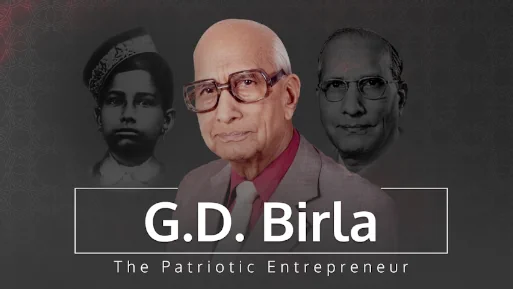Small's still beautiful, rural focus remains
19 May, 2004 | The Economic Times
ShareSumant Sinha, CFO AV Birla Group
Amidst all the volatility in the markets over the last two days, the Annual Policy Statement of the Reserve Bank of India was a reassuring feature of continuity. The Statement came against the backdrop of rising commodity prices in the international markets, a quickening of domestic growth rates and uncertainty about the pace of reforms. In this particular instance, one cannot really envy Dr Venugopal Reddy his job!
Given all the circumstances, the statement was prudent and largely to expectations. The good news is that the GDP growth forecast for the current financial year is still projected at a very healthy 6-7%, with a quickening of industrial activity, compared to the mostly agricultural driven growth spurt of 8.1% for the last financial year.
This is substantiated by the sustained pick-up in non-food credit since September and the fact that the total flow of resources to the commercial sector was higher than last year. The other positive factor is the government borrowing programme, which was at a lower cost than initially anticipated (163 basis points lower) and has gone towards reducing the fiscal deficit.
Going forward, given that India has so far been kept immune from the recent increase in international oil prices, chances are the new government will be faced with the tough task of reconciling its populist desires with the harsh reality of having to increase oil prices or subsidies. Either way, it is going to lead to inflationary pressures and this will lead to a hardening of interest rates.
While RBI acknowledges this they have also stated that the price situation is unlikely to cause concern to macro stability during '05. The Reserve Bank has also reemphasised the need to provide credit to small and medium enterprises as well as to rural and agricultural areas. Forex reserves have gone up by $37.6bn in '04, leading to a healthy external sector. As a result, the Reserve Bank of India has continued with its relaxation on ECBs as well as overseas investments by resident Indians.
The bank rate and the repo rate are stable at 6% and 4% respectively, and given the current need for liquidity, and the uncertainty of a new government coming in there really was little choice.
The Reserve Bank has expressed apprehension about prices going up in the near future and therefore, there is also a likelihood that rates will rise.
The statement contains the final economic numbers for '04 which makes for encouraging reading. Non-oil imports were up 29.4% last year compared to 13.4% in the year before.
Capital goods imports increased faster this year, leading to higher investment activity particularly in infrastructure areas. This is further corroborated by the substantial increase in credit flow to infrastructure areas viz. roads and ports, power and telecommunication. The discernible increase in credit flow to industries like electricals, drugs and pharmaceuticals is also critical. Even traditional industries like textiles, jute, paper and paper products have witnessed higher credit flows.
The Statement further goes on to say that GDP growth in '03-04 was a result of both cyclical as well as structural factors. It notes among structural factors that manufacturing industry is also showing signs of global presence, and that in terms of growth for the coming year India will continue to be among the top performers globally. This must be encouraging for portfolio and FDI investors.
This therefore is an uneventful Annual Policy Statement but significant for its timing amidst fairly turbulent political times, and significant for the good news that continues to come out of the Indian economy, both in terms of its performance in the near past as well as its prognosis for the future. The only cloud on the horizon is likely to be a mild up tick in inflation (5%) according to the RBI, and a hardening of interest rates in India, both in response to mildly higher inflation and increase in interest rates globally.
(The author is the President, Corporate Finance, Aditya Birla Group)






